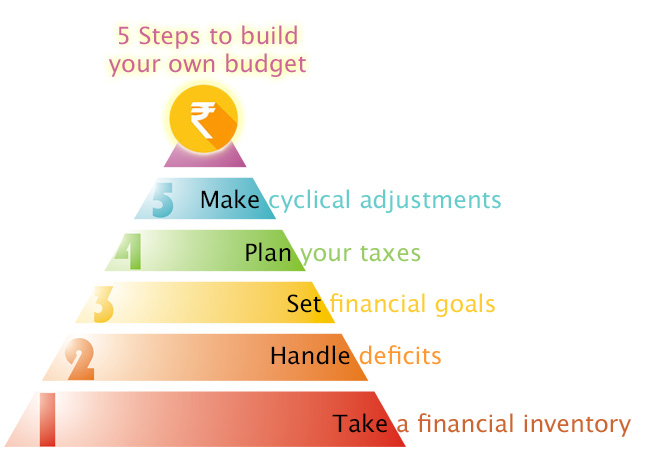All Newsletters
- April 2016
- March 2016
- February 2016
- January 2016
- December 2015
- November 2015
- October 2015
- September 2015
- August 2015
- July 2015
- June 2015
- May 2015
- April 2015
- March 2015
- February 2015
- January 2015
- December 2014
- November 2014
- October 2014
- September 2014
- August 2014
- July 2014
- June 2014
- May 2014
- April 2014
- March 2014
- February 2014
- January 2014
- December 2013
- November 2013
- October 2013
- September 2013
- August 2013
- July 2013
- June 2013
- May 2013
- April 2013
- March 2013
- February 2013
- January 2013
- December 2012
- November 2012
- October 2012
- September 2012
- August 2012
- July 2012
- June 2012
- May 2012
- April 2012
- March 2012
- February 2012
- January 2012
- December 2011
- November 2011
- October 2011
- September 2011
- August 2011
eServe Newsletter April 2015

Take a financial inventory
The financial ministry begins the exercise by collating receipts and expenditure from ministries and state governments. You too should begin with taking an inventory of your income and expenditures. Get hold of statements - petrol, gas, internet and telephone bills are some of the big and easy-to-track expenses. Variables like grocery, medical, entertainment etc. will have to be tracked for a few months before you can project averages. Once you have numbers, get a budgeting app to automate the process.
Handle deficits
Now youíll find yourself in one of the three situations-the income matches expenditure (meaning,you barely make ends meet), you spend more than you make, you spend less than you earn. If you fall in the third category, jump to point three. Others need to plug some leaks. Look for the red flags - revolving card payments, EMIs, too many fiancial commitments. Fix the debt problem first. Credit card interest rates are steep, around 40% per annum. Also, outstanding balances spoil your credit score. Try and negotiate the rate and request them to break the outstanding into EMIs. In case of loan EMIs, rather than extending the loan period, try switching to a bank that offers a lower rate. Next, clean up your investment portfolio.
Set financial goals
If you have surplus money piling in your bank account every month, you immediately need an investment plan. Start by identifying your financial goals and responsibilities. They can be both long term (retirement) and short-term (buying a car or higher education). Once you have a list, calculate how much you need to save for each of them. Do not forget to add inflation to the equation. Once you have a figure to achieve within a set time frame it is easier to choose and earmark investments. In this process you might also realize the need to weed out some unnecessary or bad investments. Remember to have adequate insurance, most important being life and health covers.
Plan your taxes
As the FM announces new tax breaks, align your investments to get optimum benefits. Donít randomly choose the highest tax saving instrument. Go through your goals, select a category of investment that suits your need, risk profile and then choose the best tax saving alternative. Remember, itís easier to earn tax benefits from long-term investment. For instance, for your retirement corpus, you can pick from PPF, VPF, NPS and pension plans, all can be listed under section 80C.
Make cyclical adjustments
Your budget is based on estimates which change with time and situation. A hike in gas prices will mean you need to cut back on some other expense. If you have taken a home loan or started a family, you need to enhance your life cover, which means paying more premium. The investments need reviewing from time to time. Advisers suggest a portfolio check-up every 3-6 months. The asset mix might need some rebalancing. Also, check if there are some consistent under-performers. Weeding out a bad investment is sometimes expensive. Be mindful of the transactional costs.
